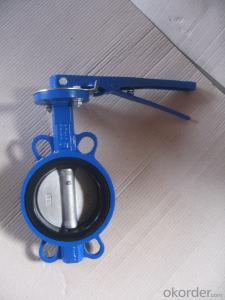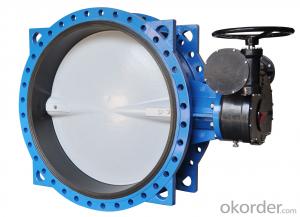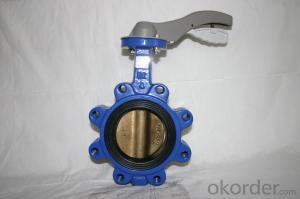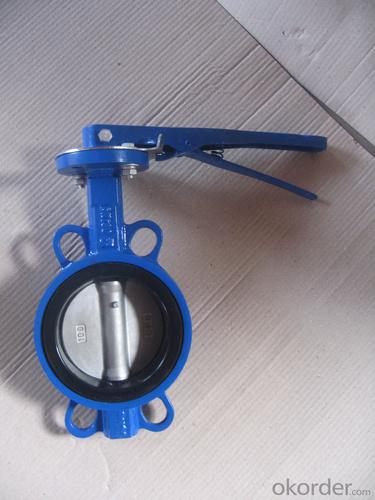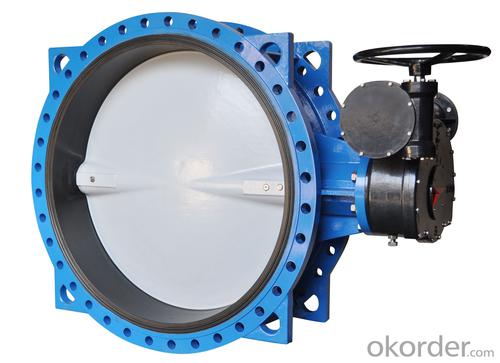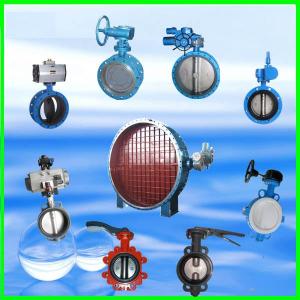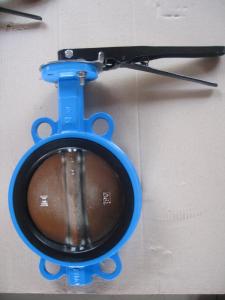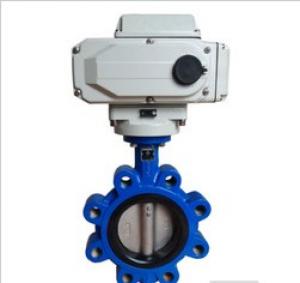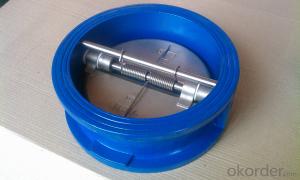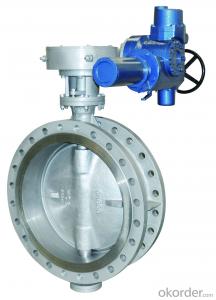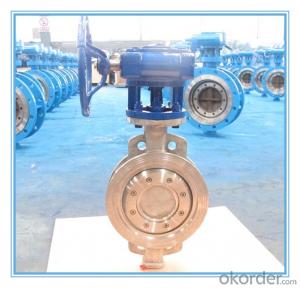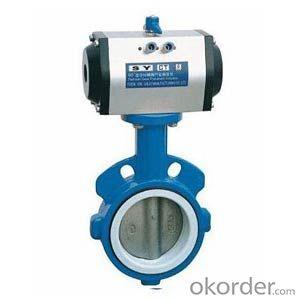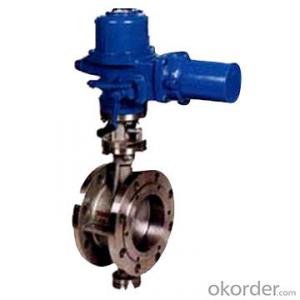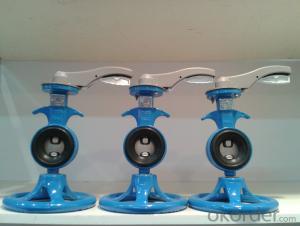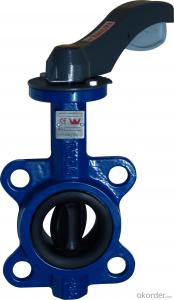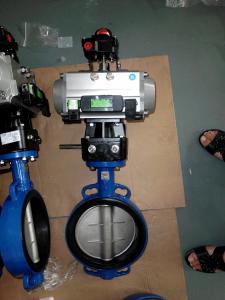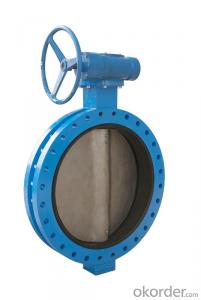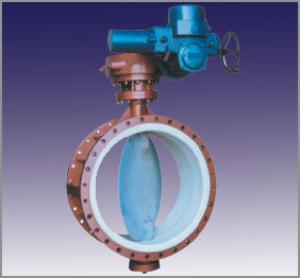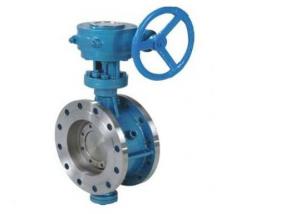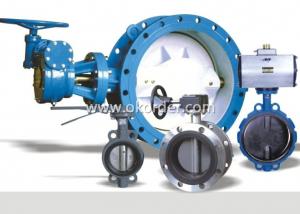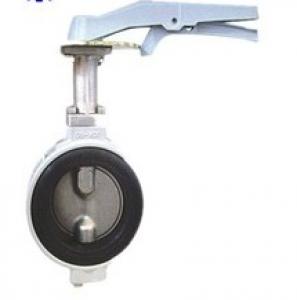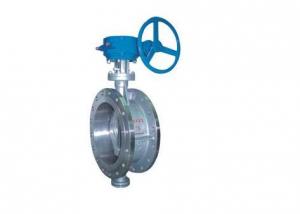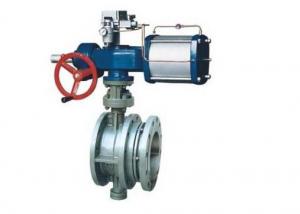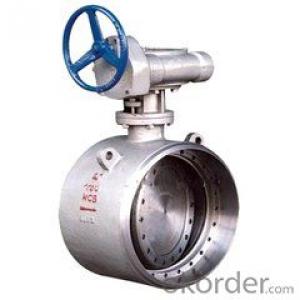DUCTILE IRON BUTTERFLY VALVE DN700
- Loading Port:
- China Main Port
- Payment Terms:
- TT OR LC
- Min Order Qty:
- -
- Supply Capability:
- -
OKorder Service Pledge
OKorder Financial Service
You Might Also Like
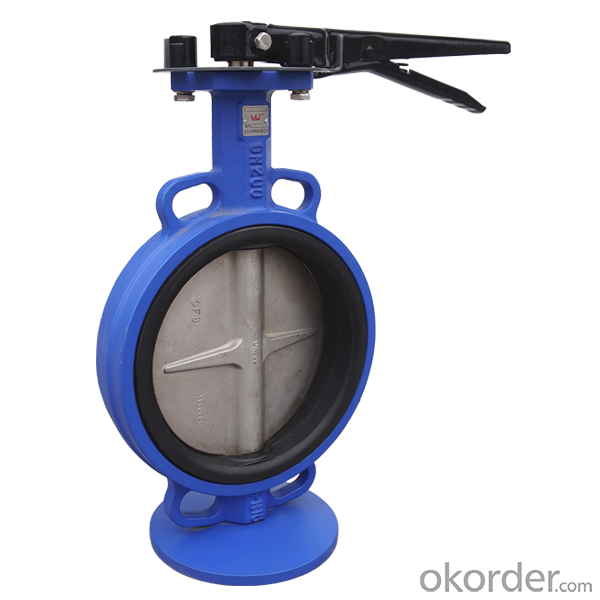
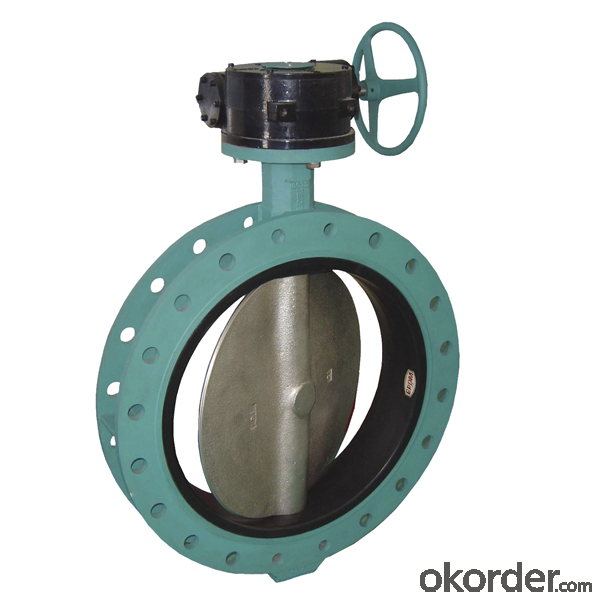
Quick Details
| Standard or Nonstandard: | Structure: | Pressure: | |||
| Power: | Material: | Temperature of Media: | |||
| Media: | Port Size: | Place of Origin: | |||
| Model Number: | Brand Name: |
Packaging & Delivery
| Packaging Detail: | PLYWOOD OR WOODEN BOX |
| Delivery Detail: | 15--30 DAYS |
Specifications
Wafer Butterfly Valve
1.MSS/API/BS design.
2.Size: DN40-1200.
3.Working pressure: PN10/16/25.
4.ISO9001/ABS/CCS/DNV/CE
Quick Details
Standard or Nonstandard: | Standard | Structure: | Wafer | Pressure: | Medium |
Power: | Manual | Material: | Cast iron, Ductile iron, WCB, SS316,C954 | Temperature of Media: | Normal |
Media: | Water, Oil, Gas | Port Size: | DN40-DN1200 | Place of Origin: | China |
Brand Name: | CNBM | Certification: | ISO9000, CE,CCS,DNV,ABS,TS | ||
Packaging & Delivery
Packaging Detail: | Each Piece into one bubble plastic bag, several pcs into one Wooden crate or according to customers requirements |
Delivery Detail: | within 30 days |
Specifications
MSS/API/BS design.
Size: DN40-1200.
Working pressure: PN10/16/25.
ISO9001/ABS/CCS/DNV/CE.
Flange: AWWA/BS/EN etc.
Our product features are as follows:
1. Newly developed facilities ensure high and stable quality.
2. Enable to supply UL/FM valves.
3. Experienced technology
4. Excellent after-sale service to satisfy customers.
5. Sufficient capacity ensures prompt delivery.
6. Continuous quality improvement and new designs development.
7. Reasonable and stable price
8. Meets different countries standards, such as ANSI,DIN,BS etc.
Working pressure:
10Bar/16Bar/25Bar
Face-to-face:
API 609 Table 1
ISO 5752 Series 20
EN 558 Series 20 (DIN 3202 T3 K1)
BS 5155 Series 4
Flange accommodation:
ANSI B16.1 Class125/150
AWWA C207
MSS SP44 Class150
DIN 2501 PN6/10/16
EN1092-2 PN6/10/16
BS10 Table D/E
JIS B2220 5K/10K/16K
AS4087 PN14/16
Top Flange:
ISO5211
Tightness check:
API 598
ISO 5208,
EN12226-2
Pressure Temperature Ratings | |
working pressure | 16bar/25bar |
testing pressure | shell:24bar/37.5bar |
seal:17.6bar/27.5bar | |
working temperature | -20 degree to 110 degree EPDM seat |
-10 degree to 80degree NBR seat | |
suitable media | Water, Oil& Gas. |
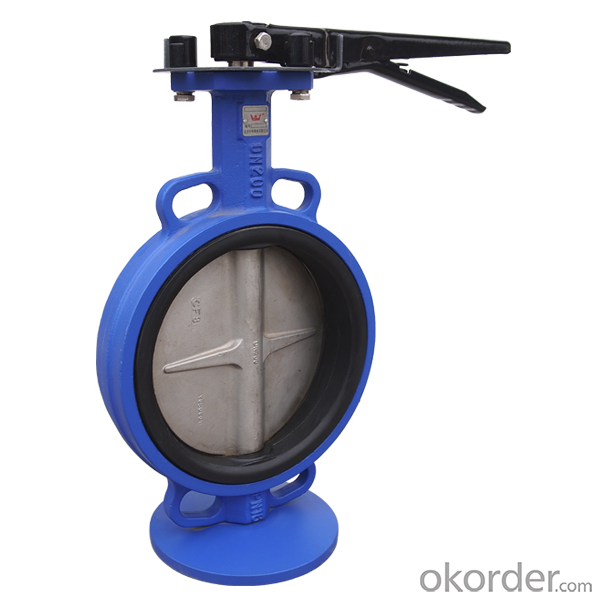
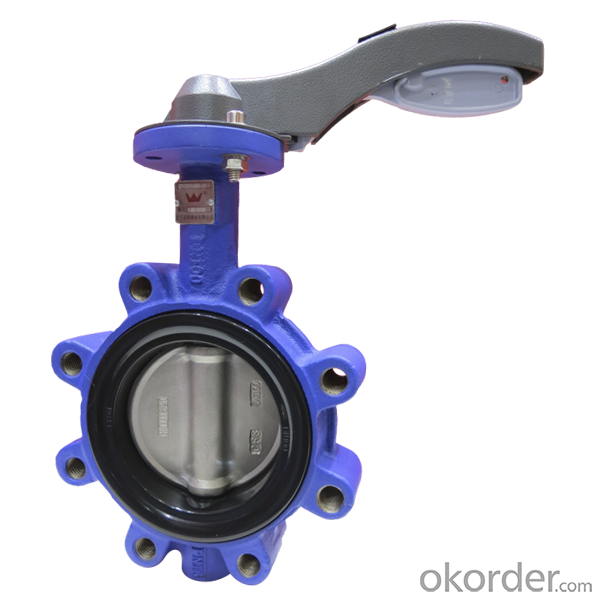
- Q: The difference between the electric control valve and the electric butterfly valve, respectively, the application situation
- Both are powered by electric butterfly valves.The control valve must have the ability to accept external signal control. At the same time, control signals and valves through the medium flow must ensure a certain relationship.Electric control valve belongs to electric butterfly valve; electric butterfly valve butterfly valve including but not exclusively butterfly valve.Electric butterfly valve is a kind of electric control valve.There are many types of valve body, usually through the single seat, straight through two seat, angle, diaphragm, small flow, three pass, eccentric rotation, butterfly, sleeve type, spherical and so on 10. In the selection of control valve valve prior to the media, process conditions and parameters to control the process of careful analysis, to collect sufficient data to understand the system requirements on the control valve, according to the data collected to determine the type of valve to be used.
- Q: What are the advantages of butterfly valves?
- B. is cheap, especially when the caliber is big;C. the resistance loss is small and the fluid decreases through pressure;
- Q: Fire, the signal butterfly valve flange connection or welding?
- 1, do a good job with flange.2, flange (Flange), also known as flange, flange plate or edge. A flange is a part that is connected between the pipe and the pipe, used for the connection between the ends of the pipe. It is also used for the flange on the entrance and exit of the equipment. It is used for the connection between the two devices, such as the reducer flange. Flange connection or flange joint means that the flange, the shim and the bolt are mutually connected as a group of three detachable sealing structures. Pipe flanges are flanges used for piping in pipe installations. They are used on equipment and refer to the entrance and exit flanges of the equipment. The flange is lined with bolts to secure the two flanges. Gaskets for gaskets between flanges. Sub threaded flange connection (threaded connection), flange welding flange and flange clamp. Flanges are used in pairs. Low pressure pipes can be made of wire flanges and welded flanges with pressures of more than four kilograms. Add a gasket between the two flanges and secure with bolts. Different pressure flange thickness is different, they use the bolt is also different. Water pump and valve, and in the pipe connection, these equipment parts of the equipment also made corresponding flange shape, also known as flange connection. Any connecting parts that are bolted and closed in the vicinity of the two planes are generally referred to as flanges, such as the connections of the ventilation ducts, which can be called flanges". However, this connection is only part of a device, such as flanges and pumps connected, it is not good to call the water pump flange parts". Relatively small, such as valves, can be called flanges".3, also known as welding: welding, melt, is a kind of heating, high temperature or high pressure way of metal or other thermoplastic materials such as plastic manufacturing process and technology.
- Q: How does the pneumatic butterfly valve control the angle of opening?
- This is really not good, control seems to be pneumatic defects, can only rely on the feeling
- Q: What are single eccentric and double eccentric in butterfly valves? What's the difference, please explain in detail?
- Double eccentric butterfly valve: in the single eccentric butterfly valve on the basis of further improvement of forming, is the most widely used double eccentric butterfly valve. The structure features that the center of the stem deviates from the center of the disc as well as the center of the body. The effect of the double eccentric valve can be opened immediately after the disc from the valve seat, substantially eliminating the unnecessary disc and valve seat over squeezing, scratching phenomenon, reduce the resistance from the open, reducing the wear and improve seat life.
- Q: Butterfly valve switch direction respectively?
- First, if the butterfly valve has been installed on the pipe, you can first see the mark on the handwheel. Second, there is a switch indicator on the general worm gear.
- Q: Butterfly valve network and ordinary butterfly what is the difference?
- Butterfly valve used in the network structure, closed with the more closed, the more tight function, reliable sealing performance, after opening and closing, make sure that the cover is completely out of touch, to ensure that the sealing surface is not damaged. The sealing surface is made of stainless steel, corrosion resistant, high temperature resistant, long service life. With two-way sealing function, medium flow is not affected by the installation restrictions (if only one-way control medium should be used to seal the installation direction) is not affected by the spatial units, can be installed in any direction.
- Q: What type of valve does the butterfly valve D343X DN300 represent?
- D butterfly valve3 worm gear drive4 flange connection3, three eccentric structureX the rubber cover is rubberAccording to JB/T308-2004< valve model compilation method >
- Q: What's the difference between an electric two position control valve and an electric butterfly valve?
- Double switch electric butterfly valve, electric butterfly valve is usually said, namely the electric butterfly valve in the electronic case can achieve fully open or fully closed precise place to stop, not directly with the pipeline system flow feedback device for regulating the flow of accurate interaction.
- Q: Butterfly D371X5-16ZB1 what does each letter stand for?
- Daily valve pressThe regular model is out of step with you. I can only explain the regularD371X5-16ZB1D is butterfly valve3 is the turbine drive7 is the clamp connection1 is the display opening signX is a rubber seal16 is 16 kg pressureI don't know the other superfluous letters
Send your message to us
DUCTILE IRON BUTTERFLY VALVE DN700
- Loading Port:
- China Main Port
- Payment Terms:
- TT OR LC
- Min Order Qty:
- -
- Supply Capability:
- -
OKorder Service Pledge
OKorder Financial Service
Similar products
Hot products
Hot Searches
Related keywords
